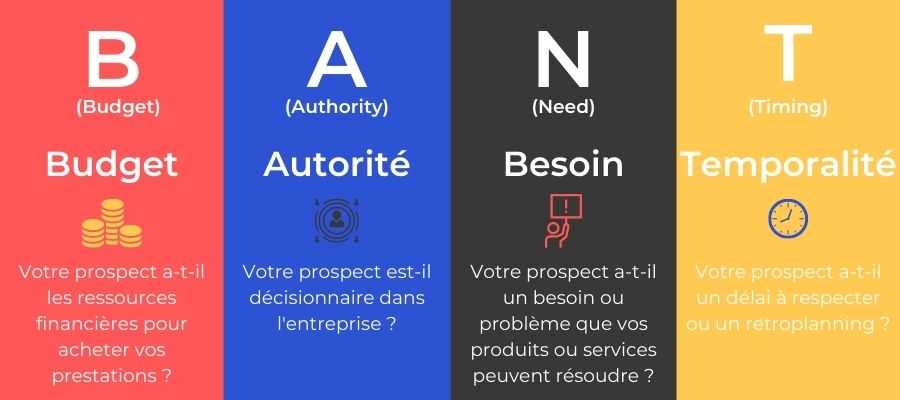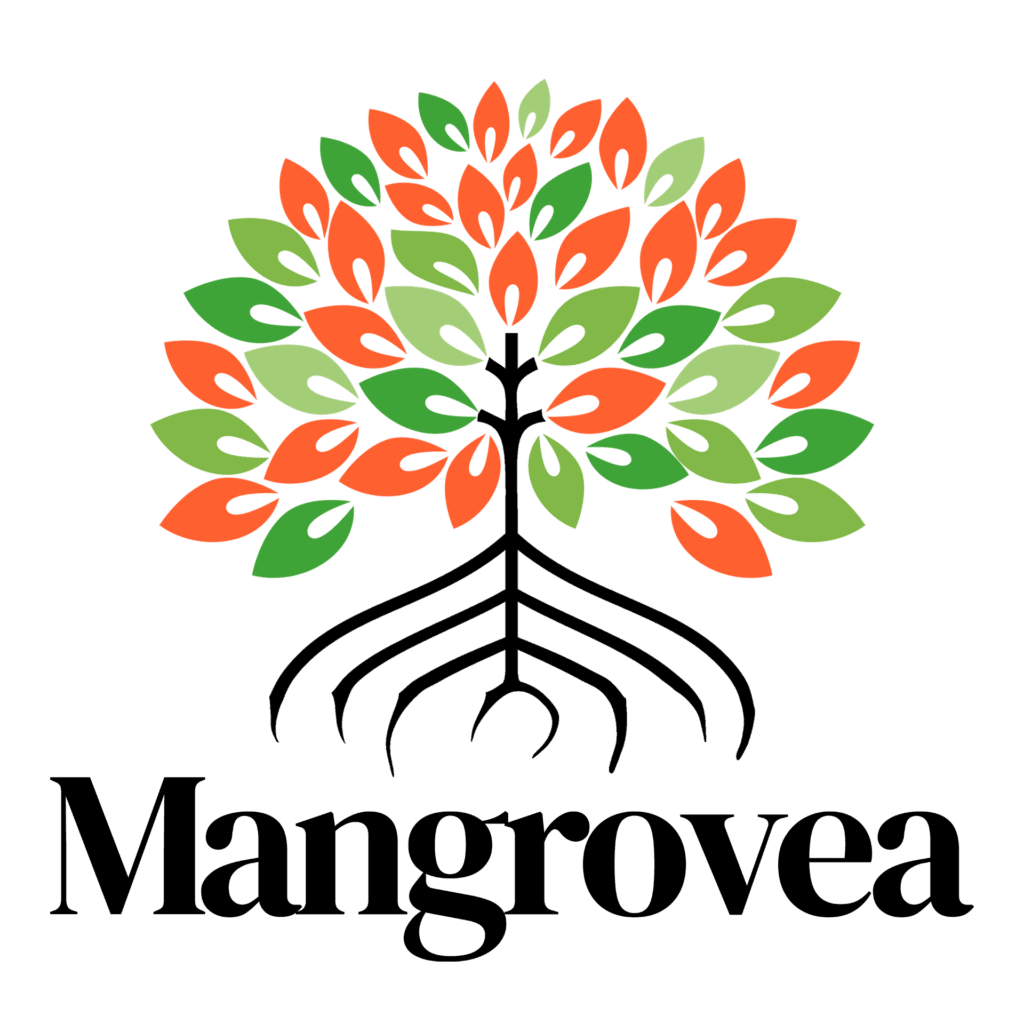Lead Scoring: Explanations and Implementation Tips
Introduction
What is lead scoring?
Lead scoring is a prospect scoring technique that uses demographic, behavioral and contextual data to evaluate the qualification level of each prospect. In other words, it involves identifying the prospects most likely to become customers by assigning them a score based on their actions and characteristics.
Objectives of the article
In this article, we'll not only explain what lead scoring is, but also provide a detailed roadmap for its effective implementation. We'll share case studies and concrete examples to help you understand how this strategy can improve your conversion rate and optimize your advertising campaigns on LinkedIn and Google.

Understanding Lead Scoring
Lead scoring may sound complex, but in reality it's simply a matter of awarding points to prospects based on defined criteria. For example, a SaaS company like HubSpot uses lead scoring to evaluate prospects based on their engagement with marketing emails, white paper downloads and visits to specific pages on their website.
Why is this important for B2B companies?
Lead scoring is particularly valuable for B2B companies, as it enables sales and marketing efforts to be focused on prospects with the highest conversion potential. The aim is to improve the quality of leads collected. According to a study by Aberdeen Group, companies using lead scoring techniques see a 77 % increase in their lead generation ROI.
Part 2: The fundamentals of Lead Scoring
Common scoring criteria
Scoring criteria are generally divided into two main categories:
- DemographicsCompany size, business sector, contact function, etc.
- Online behaviorWeb page visits, content downloads, social network engagement, email marketing interactions, etc.
Rating systems
The weighting of different criteria is a key aspect of lead scoring. For example, a visit to the pricing page could be worth more points than simply opening an email. Other companies use sophisticated models such as the BANT (Budget, Authority, Need, Timing) matrix, which evaluates prospects according to their budget, decision-making power, needs and deadlines.

Part 3: Setting up a Lead Scoring System
Step 1: Define your objectives and KPIs
The first step is to identify the main objectives of your lead scoring. Do you want to increase lead quality, shorten the sales cycle or improve the conversion rate? KPIs could include lead conversion rate, cost per lead and revenue generated.
Step 2: Collect and analyze the necessary data
The use of CRM and marketing automation tools such as HubSpot or Salesforce is necessary to collect and analyze data. These tools enable you to integrate various data sources and analyze them to correctly assign scores.
Step 3: Create a scoring model
Assigning points to different behaviors and characteristics is an essential step. For example, Dreamdata, a company specializing in B2B purchase path analysis, uses an automated scoring model based on characteristics and behaviors indicating high intent, enabling them to focus on the most promising prospects.
Here are some ideas for criteria
Step 4: Test and adjust your model
Lead scoring is not an exact science. It's crucial to continually test and adjust your model. Here are some examples, A/B testing can be used to evaluate and optimize scoring criteria and point weightings based on actual performance.
Part 4: Examples and case studies
Example 1: Lead scoring for a LinkedIn Ads campaign
By using purchase intent data, companies can not only optimize their LinkedIn Ads campaigns, but also improve their ROI. For example, Dreamdata revealed that using intent data on LinkedIn could improve ROI by up to 7.7 times.
Example 2: Optimizing lead scoring on a Google Ads campaign
Analyze conversion behavior on Google Ads and adjust scoring accordingly. For example, a medical technology company was able to increase its conversion rate by 20 % by adjusting its scoring model to favor prospects who had visited key pages on their website.
Case study: How a B2B company used lead scoring to increase its conversion rate by 30 %
A SaaS company specializing in cybersecurity solutions managed to increase its conversion rate by 30 % by integrating a lead scoring model. Using web behavior criteria and engagement on advertising campaigns, they were able to identify and target the hottest prospects more effectively, improving their overall sales process.
Part 5: Practical advice and best practices
Involve sales and marketing teams
It's crucial that sales and marketing teams work together to define and adjust lead scoring criteria. According to a Forrester report, companies with aligned sales and marketing teams see a 32 % increase in annual sales.
Using lead scoring tools
Tools such as HubSpot, Marketo and Pardot are widely used to automate the lead scoring process. Each of these tools offers unique advantages in terms of customization, integration with other systems and ease of use.
Continuous monitoring and optimization
Lead scoring is not a static process. It's important to set up regular reviews to adjust scoring models in line with new data and results. Constant feedback between sales and marketing teams is also crucial to optimizing the lead scoring system.
Conclusion
Lead scoring is a powerful tool that can transform your lead generation and conversion strategy. By following the steps and practical advice presented in this article, you can set up an effective lead scoring system, aligning your sales and marketing efforts to maximize your conversion rate.
Did you like this content?
- Subscribe to our newsletter
- Contact us for a personalized consultation
By implementing a rigorous lead scoring system, you can not only improve the quality of your leads, but also turn prospects into loyal customers, guaranteeing sustainable growth for your B2B company.




